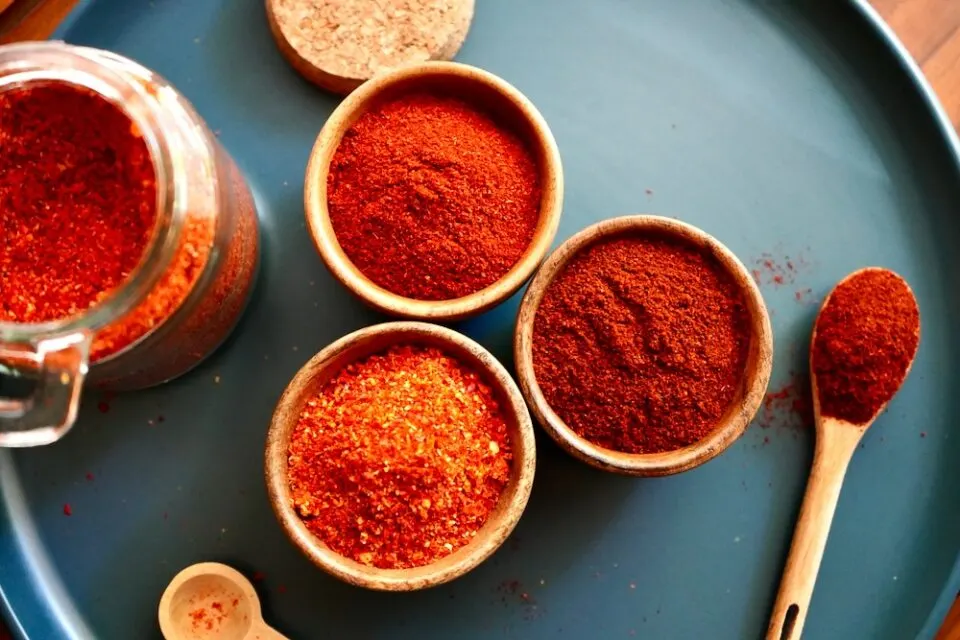- No. 268 Xianghe Street, Economic Development Zone of Xingtai city, Hebei 054001 China
- Byron@hbhongri.cn
Exploring the Flavor and Benefits of Paprika and Red Pepper in Cuisine
The Vibrant World of Paprika A Journey into the Realm of Red Pepper
When we think of spices that evoke vivid colors, tantalizing flavors, and rich histories, paprika immediately comes to mind. This vibrant red spice, derived from ground sweet bell peppers and chili peppers, has transcended its humble origins to become a staple in kitchens around the globe. Its unique taste and stunning hue not only enhance the visual appeal of dishes but also offer a symphony of flavors that can elevate any culinary experience.
The Origins of Paprika
Paprika traces its roots back to Central America, where indigenous people first cultivated chili peppers. Spanish explorers brought these colorful pods to Europe in the 16th century, where they were adapted to local farming conditions, particularly in Hungary and Spain. Today, these two countries are the most renowned producers of paprika, with Hungary’s sweet and smoky varieties often considered the gold standard.
Hungary's climate and soil provide the perfect environment for growing high-quality peppers. The Hungarian spice trade would eventually flourish, leading to various paprika types, including sweet, hot, and smoked variants. Each of these has its own unique profile, ranging from the subtly sweet flavor of sweet paprika to the robust heat of hot paprika, demonstrating the versatility of this incredible spice.
The Flavor Profile
The taste of paprika can be as diverse as the peppers from which it is made. Sweet paprika offers a mild, sweet flavor that enhances dishes without overwhelming them. It's commonly used in classic dishes like goulash and as a garnish for deviled eggs. On the other hand, hot paprika adds a fiery kick, making it the perfect companion for more robust recipes. Smoky paprika, often used in Spanish cuisine, carries a deep, rich flavor that can transform simple ingredients into complex culinary masterpieces.
In addition to its flavor, paprika also plays an essential role in the visual presentation of food. Its striking red color makes it not just a flavor enhancer but also a feast for the eyes, adding vibrancy to a variety of dishes. A sprinkle of paprika enhances everything from roasted vegetables to grilled meats, and a pinch can make the difference between a good meal and a great one.
Nutritional Benefits
paprika red pepper

Beyond its culinary appeal, paprika is packed with nutritional benefits. Rich in antioxidants, it contains vitamins A, E, and C, crucial for maintaining healthy skin and boosting the immune system. Additionally, its active compound, capsaicin, has been linked to anti-inflammatory properties and potential pain relief. Incorporating paprika into your diet can thus contribute not only delightful flavors but also health benefits.
Culinary Uses
Paprika is incredibly versatile and can be used in various cuisines, from Hungarian to Indian, and even in Mexican dishes. It can be used in soups, stews, sauces, marinades, and rubs. In addition to its traditional uses, chefs increasingly experiment with paprika in innovative ways—such as infusing oils or creating unique spice blends that showcase its unique flavor. Its ability to complement other spices, such as garlic and cumin, makes it a valuable tool in the kitchen.
Moreover, paprika can also serve as a natural food coloring. Instead of relying on artificial additives, many chefs turn to paprika to achieve a beautiful red hue in their dishes, making it not just a flavorful addition but also a healthier option for coloring food.
Paprika in Popular Culture
Paprika's influence extends beyond the kitchen; it has found a place in popular culture, symbolizing warmth, flavor, and vibrancy. Celebrated in culinary festivals, paprika has become a symbol of heritage and tradition, particularly in Hungary, where annual events showcase the spice's significance. From goulash to hearty stews, paprika is a beloved ingredient that unites people through shared culinary experiences.
Conclusion
In conclusion, paprika is much more than just a spice; it's a celebration of culture, flavor, and health. Its rich history, diverse flavor profile, and versatility in the kitchen make it an essential ingredient in cuisines around the world. As we sprinkle paprika on our dishes, we connect with centuries of culinary tradition, embracing the vibrant essence of red pepper that continues to bring joy to our palates. Whether you're a seasoned chef or a home cook, paprika will undoubtedly add a splash of color and flavor to your culinary adventures. So, the next time you reach for that red jar of spice, remember the rich tapestry of history and flavor that it represents.
-
Unlock the Power of Nature with Capsicum Oleoresin ExtractNewsJul.03,2025
-
Unleash the Heat: Discover the Wonders of Spicy Crushed Red PepperNewsJul.03,2025
-
Unleash the Flavor of Red Pepper Pods – Elevate Your Culinary Creations!NewsJul.03,2025
-
The Rich Flavor of Red Pepper Dried – The Ultimate Ingredient for Your Culinary Creations!NewsJul.03,2025
-
Discover the Rich Flavor of the PaprikaNewsJul.03,2025
-
Discover the Flavorful World of Paprika & Chili ProductsNewsJul.03,2025







